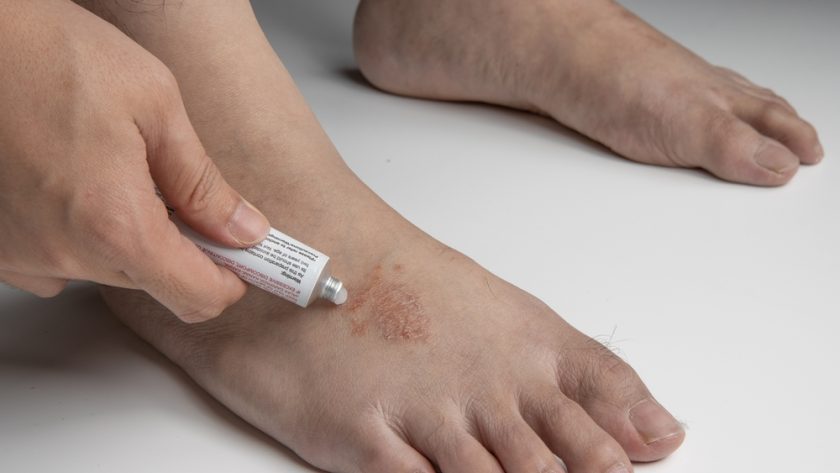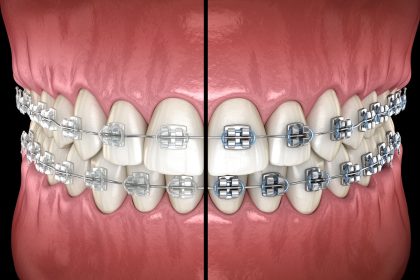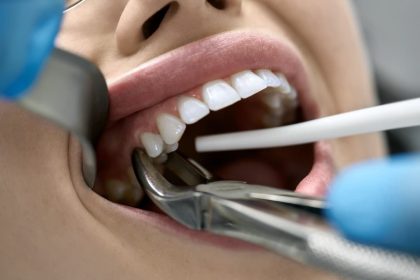The largest organ we have, our skin, is always exposed to many irritants and germs. Occasionally, this exposure results in unpleasant conditions such itching and fungal infections. Fortunately, topical therapies like fungal infection cream and anti-itch provide efficient relief. Knowing how these creams operate at a cellular level will help us to use them properly and value their advantages. Examining how these typical dermatological treatments work to relieve pain and fight fungal invaders to restore skin health, this paper investigates their underlying mechanisms.
Denying the Itch Signal
Pruritus, or itching, is a multifaceted sensation brought on by many different things, including histamine release from mast cells in reaction to allergens or irritants. Often included in anti-itch lotions are moderate corticosteroids such as hydrocortisone. By lowering inflammation, hydrocortisone lowers the production of histamine and other mediators of inflammation. Some creams also include local anesthetics such as lidocaine or benzocaine, which temporarily numb the nerve endings in the skin and interfere with the transmission of itch signals to the brain.

Disturbing Fungal Cell Membranes
Microscopic fungi that flourish on the skin’s surface produce fungal illnesses like athlete’s foot or ringworm. Active components in antifungal creams attack the structure and activity of these fungal cells. Common antifungals such as azoles e.g., clotrimazole, miconazole interfere with the production of ergosterol, a vital component of the fungal cell membrane. Ergosterol deficiency causes the cell membrane to become unstable and leaky, hence killing the fungal cell.
Preventing Fungal Growth and Reproduction
Other antifungal drugs, like terbinafine and naftifine, function by blocking the generation of squalene epoxidase, an enzyme involved in an earlier stage of ergosterol synthesis. This compromises cell membrane integrity and impedes fungal development. Some antifungal drugs could also affect fungal cell division and reproduction, hence restricting the spread of the illness even more.
Encouraging Healing and Calming Inflammation
Apart from directly addressing the root of the issue, many antifungal creams and anti-itch creams include emollient components. These ingredients calm and hydrate the agitated skin, hence lowering dryness, scaling, and more inflammation. Emollients can also help to cure the skin and stop secondary infections by means of a protective barrier on its surface.
Aiming at the Infection with Fungal Infection Cream
All things considered, antifungal creams and anti-itch creams use different but complementary ways to reduce skin irritation and fight infections. While a fungal infection cream specifically attacks the structure and development of fungal organisms, anti-itch creams mostly aim at lowering inflammation and inhibiting itch signals. Knowing these actions emphasizes the need of selecting the correct cream for the particular skin condition to obtain efficient relief and restore healthy skin.




